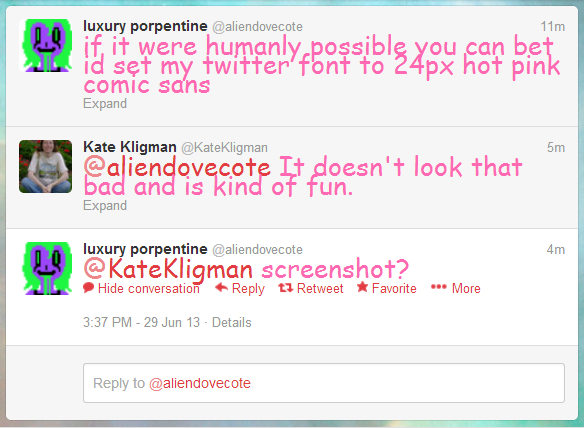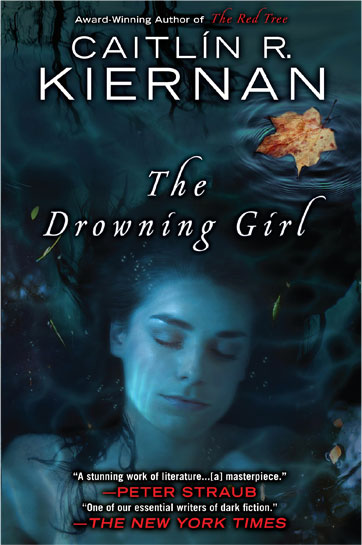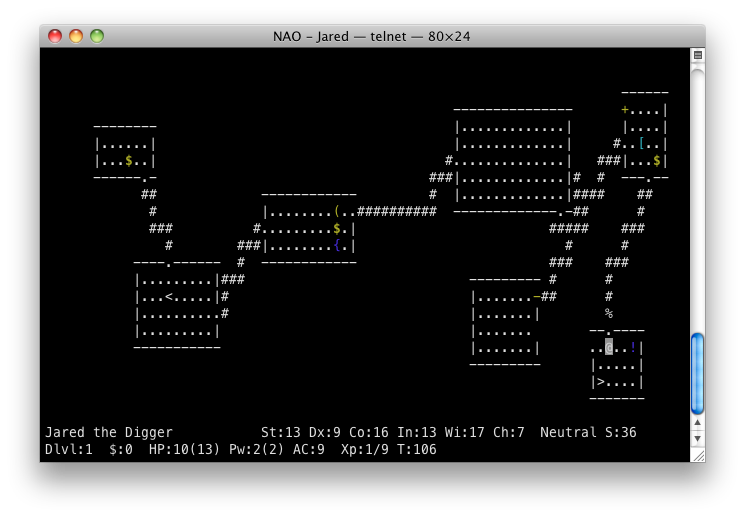Today I used Mailstrom, an email management service, to clear out and refresh my personal Gmail account. Getting to the point where I could do this has been an ongoing project, and to give you some idea, as of last night I had 33,228 received messages in my Gmail inbox.
Mailstrom
Mailstrom is a free email management service designed to quickly and accurately sort, archive, and delete large amounts of email. Messages can be sorted in groups or individually by sender, subject, lists, time, social, shopping, or size. The messages can then be archived into a Gmail folder called “Archived by Mailstrom”, moved to other folders, or sent to the Trash. I signed up for Mailstrom and received an account in March, but I was reluctant to use it without first making a backup.
Backing Up Gmail
Prior to to clearing out my Gmail account I wanted to do a full backup. I used Thunderbird for this and carefully followed a number of online tutorials (Google: Thunderbird gmail backup). After Thunderbird downloaded all of my messages and folders, sent mail, the works, I used WinRAR to save them into 12 split archives of 500MB each. I then burned them onto two DVDs.
This backup strategy worked for me in that it got the job done, but the archived messages are hard to reach. Restoring a backup requires installing a compatible version of Thunderbird and then adding the data back to it. I saved the messages uncompressed within Thunderbird itself (so they could be opened with a text editor if need be), but this worst case strategy makes them hard to sort through in the very long term. I’ve been backing up systems long enough to expect that by the time I go through this archive I may not have a compatible system that can run Thunderbird without lots of fiddling and emulation.
Moving Forward
My early attempts at email management involved filters and folders. This strategy worked for several years and hid the messages from my main inbox. However, it didn’t remove them from search results. Over time, as my inbox increased in size, I had many messages I wanted to keep without seeing them regularly in search.
Mailstrom is brilliant for a one-time spam clean up marathon. I also found archiving messages I wanted to keep (which sends them to the “Archived by Mailstrom” Gmail folder) made me feel better about their continued online storage. However, the archive folder doesn’t help with search clutter issues. I think I’ll eventually delete the archived messages when I feel ready to let go of them.



 A few days ago I was offered a free copy of The Drowning Girl by Kaitlin R. Kiernan. The book was generously provided by
A few days ago I was offered a free copy of The Drowning Girl by Kaitlin R. Kiernan. The book was generously provided by 
 I recently resumed playing NetHack, one of my all-time favorite video games. NetHack is a very old and magnificently complicated rogue-like dungeon adventure game with terminal style graphics. I’ve been playing since high school or maybe early college and while I don’t quite remember my first game I’ve enjoyed it for what feels like a very long time.
I recently resumed playing NetHack, one of my all-time favorite video games. NetHack is a very old and magnificently complicated rogue-like dungeon adventure game with terminal style graphics. I’ve been playing since high school or maybe early college and while I don’t quite remember my first game I’ve enjoyed it for what feels like a very long time.